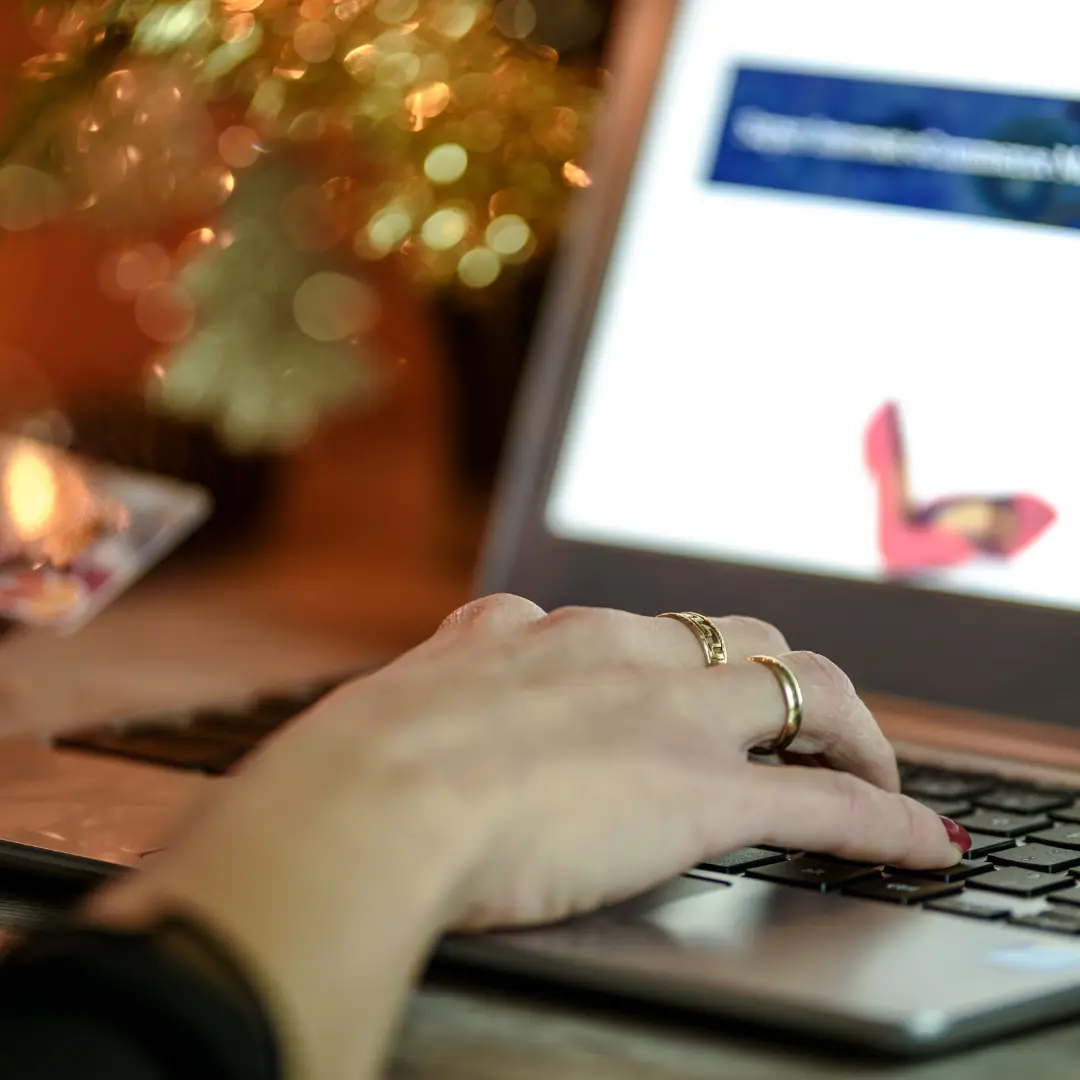In Q1 2025, the U.S. economy contracted by 0.3%, marking the first decline in three years (BEA, 2025). This wasn’t a slow grind. It was a direct result of a 41.3% surge in imports as businesses scrambled to frontload inventory ahead of anticipated tariffs. The result? A record trade deficit that slashed 4.8 percentage points from GDP.
At the same time, consumer spending growth slowed to just 1.8%, down sharply from 4% the previous quarter. Goods purchases inched up only 0.5%, signaling growing caution among consumers (BEA, 2025).
And it’s not just the spending data flashing warning signs, but the sentiment behind it.
A Sharp Drop in Confidence
Consumer expectations have dropped 32% since January, the sharpest three-month decline since the 1990 recession (The Conference Board, 2025). This isn’t isolated to one demographic. The pessimism is widespread across age, education, income, and political affiliation.
More telling? Consumers expect prices to rise by 6.5% over the next year—the highest inflation expectation since 1981, when the U.S. was battling double-digit inflation and looming recession (University of Michigan, 2025). Economic anxiety is spreading quickly, with two-thirds of surveyed Americans now expecting unemployment to rise in the next year – double the number from just six months ago (The Conference Board, 2025).
Diverging Consumer Behavior
This uncertainty is playing out in real-time. Some consumers are accelerating purchases, especially durable goods, in anticipation of future price hikes and continued tariff disruptions. Others, particularly in lower-income brackets, are pulling back as wages stagnate and confidence slips.
Even among those still spending, there’s a marked shift away from discretionary categories like restaurants, travel, and leisure. Instead, we’re seeing a rise in durable goods purchases and a sharp increase in auto-loan applications in March . This signals that consumers are prioritizing long-term utility over short-term experiences.
What’s more, lenders see this caution as a sign of improving credit quality. But for retailers, it’s a red flag indicating a shift away from impulse buys and into more measured, value-driven shopping.
What Brands Should Do Now
In moments like this, consumer behavior becomes the ultimate early warning system. As tariffs loom and global supply chains tense up, customers aren’t just responding to prices – they’re reacting to signals of scarcity, risk, and instability. Retailers who act now, not later, will be best positioned to weather the volatility ahead. Here’s what that means:
1. Develop Flexible Plans
Economic conditions are changing rapidly, and rigid strategies won’t cut it. Brands should:
- Run scenario planning now to understand where to invest, pause, or pivot.
- Consider pulling back in vulnerable tourist-heavy markets or lower-income regions while focusing on more insulated high-income areas.
- Prioritize core products and categories that resonate with value-conscious consumers—these are the levers that worked best during the last recession.
2. Make Creative a Media Workhorse
In a tighter market, creative becomes even more critical. Retailers should:
- Build creative pipelines with more asset variety and test messaging early and often.
- Double down on video and influencer content to drive emotional engagement and conversion.
- Treat creative not just as an ad, but as a signal of relevance, value, and stability to anxious consumers.
The Bottom Line
Agility isn’t a luxury – it’s the cost of staying in the game.
Retailers who are proactively adapting to both macroeconomic shifts and consumer psychology by testing creative, rerouting spend, stress-testing plans will come out ahead. Those waiting for certainty before acting? They’ll find themselves reacting too late, in a retail climate that’s already changed.


